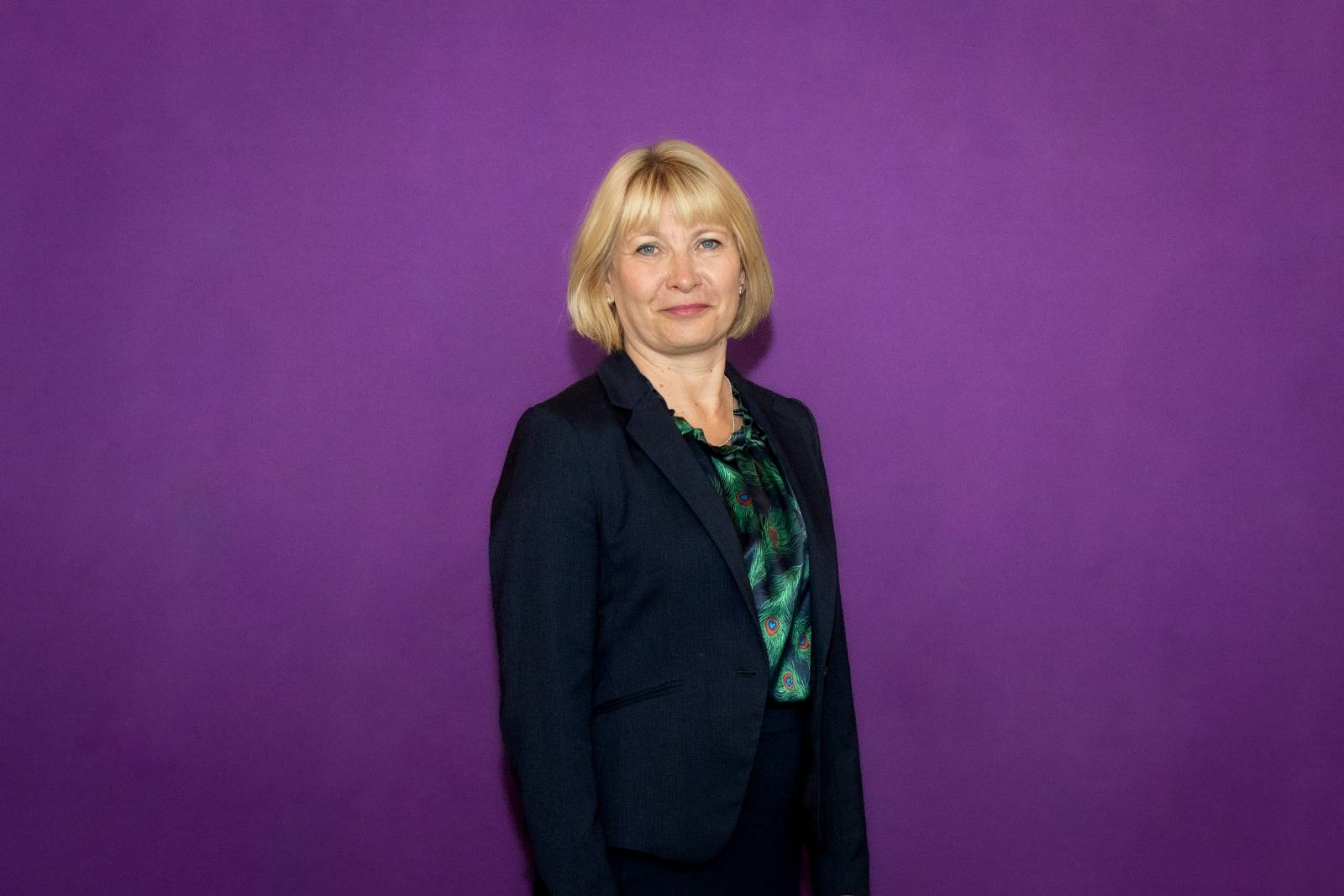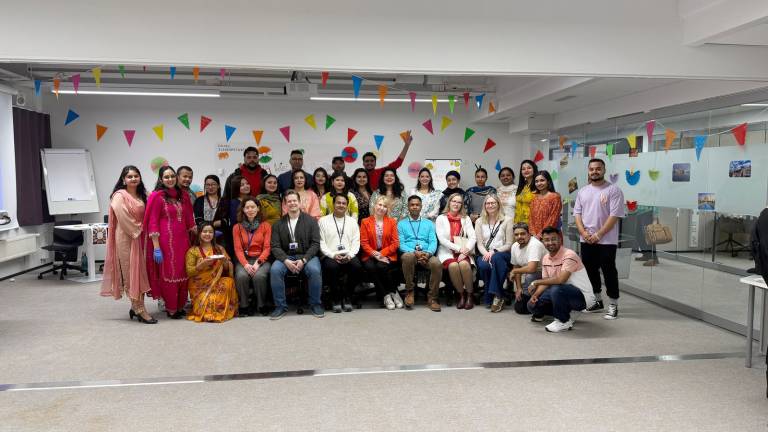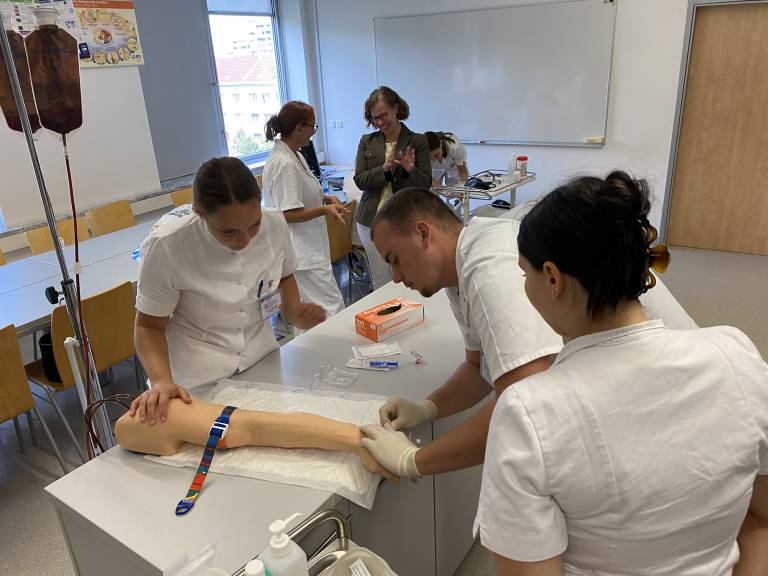The internationalisation of higher education institutions is due to the identified shortage of experts in Finland, as well as the decrease in the number of working-age people and the weakening of the dependency ratio. In accordance with the objectives of the Ministry of Education and Culture, higher education institutions must triple the number of foreign students by 2030. The number of TAMK international degree students has grown steadily over the past five years from 450 to 750 students. As the coronavirus restrictions have eased, paid education groups have also arrived in Tampere from Kenya, the Philippines, and now in January 2023, from India.
Go to exchange!
One good way to create networks and internationalise is to complete studies or teach abroad. It is however worrying that student exchanges at universities of applied sciences have not returned to the pre-corona level in the same way as in universities. The downward trend in exchange studies has been steep in universities of applied sciences even before the coronavirus (Read more in Finnish). Finnish students must therefore be actively encouraged to study abroad and to take advantage of the Erasmus program.
The number of changes in teaching staff has also remained fairly moderate even before the coronavirus, and in my experience, those who travel are often the same teachers as in previous years. Although the resources used for mobility are smaller than before, there are still opportunities under Erasmus programs. There is an opportunity for 50 Erasmus staff exchanges, and many parties also grant travel grants for staff mobility. Online virtual exchanges are also possible. The design and implementation of courses enlarge our networks and create multicultural capital, and students or teachers do not have to travel. Virtual exchanges are particularly interesting, for example, for adults with families, who may find it difficult to travel. We need to work on more virtual mobility!
English as genuine working language!
However, international experts will not stay in Pirkanmaa or Tampere if the region, workplaces, and higher education institutions do not internationalise themselves. When discussing with colleagues, it still seems that UAS organisations are still working in Finnish, exceptions being the international degree programs and RDI. If we want our international experts and students to be genuinely included in the higher education community, we must adopt not only Finnish but also English as the everyday working language. In addition, employers in Pirkanmaa must have the courage to admit TAMK English-speaking students as trainees.
The key to internationalisation is lies in individual’s own language skills and cultural awareness, as well as motivation. To produce future experts for working life, each of us must step outside our little comfort zone. Networking with colleagues in one’s own field helps to achieve new openings and smooth joint activities. Getting to know international colleagues broadens our thinking and promotes curiosity, which is needed in the multicultural working life of the future. I truly believe, that we have something to genuinely give each other. It is perhaps good to see that the Finnish or Northern European straightforward way of working is not the only (right) way to act and achieve results. On the other hand, Finnish student-centred pedagogy, for example, brings new things to the education of many countries. An internationalising university of applied sciences is an inevitable fact. How are you going to get involved?
Text: Nina Jallinoja
Photograph: Saara Lehtonen





